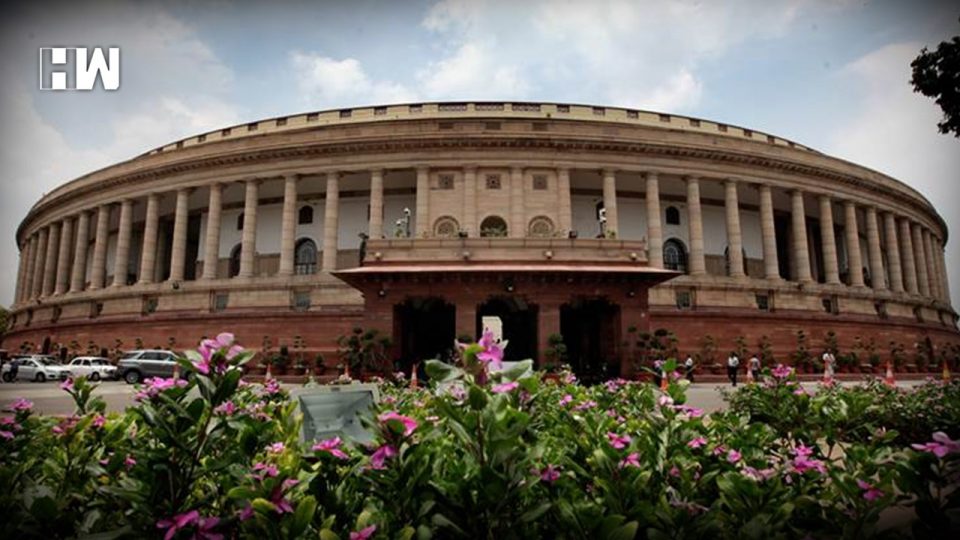New Delhi | The success rate of women candidates in 2014 general elections was higher than that of their male counterparts, yet women in India still occupy just over 1 in 10 seats in Lok Sabha, notes a new book.
Titled “Women Members in the Indian Parliament”, the book edited by Shirin M Rai and Carole Spary, demonstrates the barriers faced by women in accessing the lower house of the parliament. “(In 2014) … 9.3 percent of women candidates (were) successfully elected (or 62 out of 668 women candidates) in comparison to 6.3 percent of men candidates (or 481 out of 7,577 candidates),” the book said.
The women’s presence in the Lok Sabha at present is around 12 percent, which is only 7 percent higher than what it was in the first general elections in 1951 when there were 24 women members out of a total 489 MPs. The Lok Sabha has 545 seats including the two seats for Anglo-Indians nominated by the president.
In 2014 general elections, 62 women were elected to the 16th Lok Sabha, to a house of 543 seats, or just over 11 percent. It further rose to 66 in 2015 as a result of bye-elections and nominations bringing women’s presence to around 12 percent. Of the two largest national parties, according to the book, Congress has historically nominated a greater proportion of women, and over time BJP’s nomination of women has also increased.
However, the BJP in 2014 nominated fewer women candidates than in 2009 (44 in 2009 to 37 in 2014). In contrast, the Congress nominated a higher number and proportion of women candidates: 59 women in 2014 compared with 43 women in 2009. And even though the number of women contesting the elections has increased considerably, “from 355 in 2004 to 556 in 2009 and 668 in 2014”, the book states that men have still been constituting the “majority of candidates” — 92 to 93 percent in the last three general elections.
“In the general election of 2014, women represented 8.1 percent of total 8,251 candidates contesting for 543 seats, an increase of only 1 percent over the previous two elections when women constituted around 7 percent of all candidates,” said the book quoting the Election Commission of India (ECI) data.
The proportion of women among total candidates has remained relatively the same because the number of male candidates had also risen in 2014 elections, it added.
That said, the book, observed that women are nominated in greater proportion in the SC and ST category seats, compared to general seats. “In the 2014 election, though women candidates constituted only 8 percent of candidates overall, they constituted 14 percent of all candidates contesting SC reserved seats,” it read.
Also, women were present in relatively higher proportions among those elected in SC reserved constituencies — 12 out of 84 elected MPs in the SC seats are women as opposed to just over 11 percent women overall.
Published by Oxford University Press, “Women Members in the Indian Parliament”, priced at Rs 995, explores the possibilities and limits of parliamentary democracy and the participation of women in its institutional performances.
As an independent media platform, we do not take advertisements from governments and corporate houses. It is you, our readers, who have supported us on our journey to do honest and unbiased journalism. Please contribute, so that we can continue to do the same in future.

